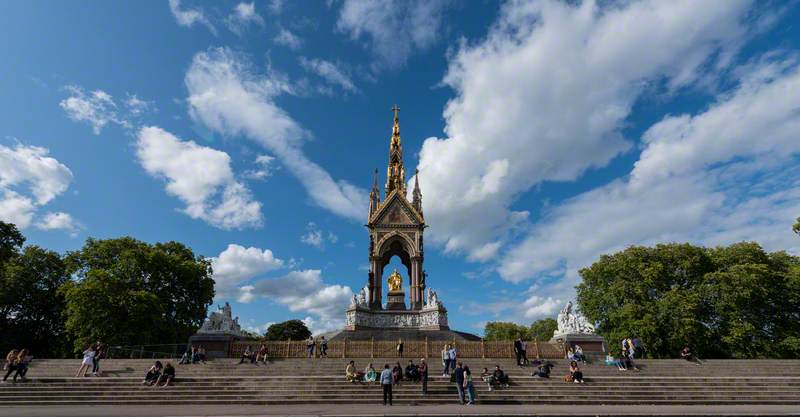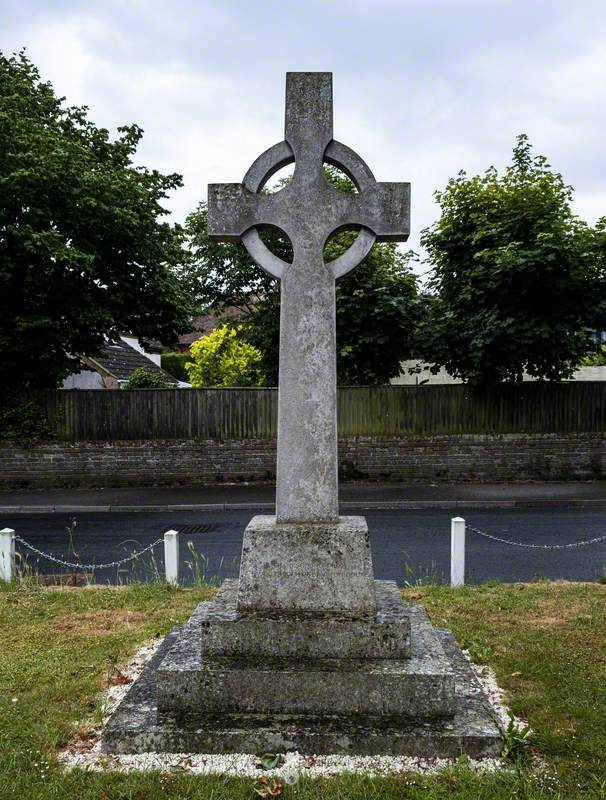
John Henry Foley (1818–1874) and Thomas Brock (1847–1922) and Henry Hugh Armstead (1828–1905) and George Gilbert Scott (1811–1878) and John Bell (1811–1895) and John Lawlor (1820–1901) and Patrick MacDowell (1799–1870) and William Calder Marshall (1813–1894) and John Birnie Philip (1824–1875) and James Frank Redfern (1837–1876) and William Theed II (1804–1891) and Thomas Thornycroft (1815–1885) and Henry Weekes I (1807–1877) and Farmer and Brindley (active 1851–1929) and John Kelk (1816–1886) and Francis Webb Sheilds (1820–1906) and Francis Alfred Skidmore (1817–1896) and John Richard Clayton (1827–1913) and Antonio Salviati (1816–1890) and H. Prince & Co. and Elkington & Co. and R. Masefield & Co.
Farmer & Brindley was a firm of architectural and ornamental sculptors. It had its origins in a business established by William Farmer (1825-1879) in London, England in 1851. In 1869 William Brindley (1832-1919), who had worked as a stonecutter for the company for a number of years, became a partner. In 1905 Farmer & Brindley became a private limited company. Their premises was located on Westminster Bridge Road in Lambeth, London. Notable examples of the firm's work were architectural carving for the Albert Memorial in London (1863-69), for the University of Glasgow (1864-70), and exterior and interior decorative sculptures for St. Pancras Station, London (1868-77), commission by Sir George Gilbert Scott (1811-1878). Farmer & Brindley were Scott's most admired architectural sculptors and of Brindley he observed he is "the best carver I have met with and the one who best understands my views" [quoted in Read p.
Other commissions on which Farmer & Brindley worked included statues for the exterior of Manchester Town Hall (1873) and relief sculptures of of flora and fauna for the Natural History Museum in London (completed 1881), both commissioned by by Alfred Waterhouse (1830-1905). They also created sculptures for the exterior of Bradford City Hall (1873). In the years following World War One, Farmer & Brindley received numerous commissions to carve war memorials throughout Britain, an outstanding example of which is the Great Eastern Railway War Memorial at Liverpool Street Station in London (unveiled in 1922).
Following Farmer's death in 1879, Brindley became the firm's sole partner. Farmer & Brindley ceased trading in 1929.
Text source: Art History Research net (AHR net)
Text source: Art History Research net (AHR net)






